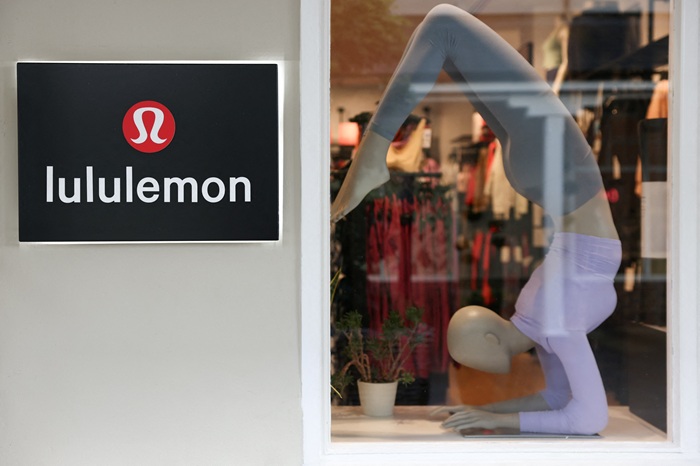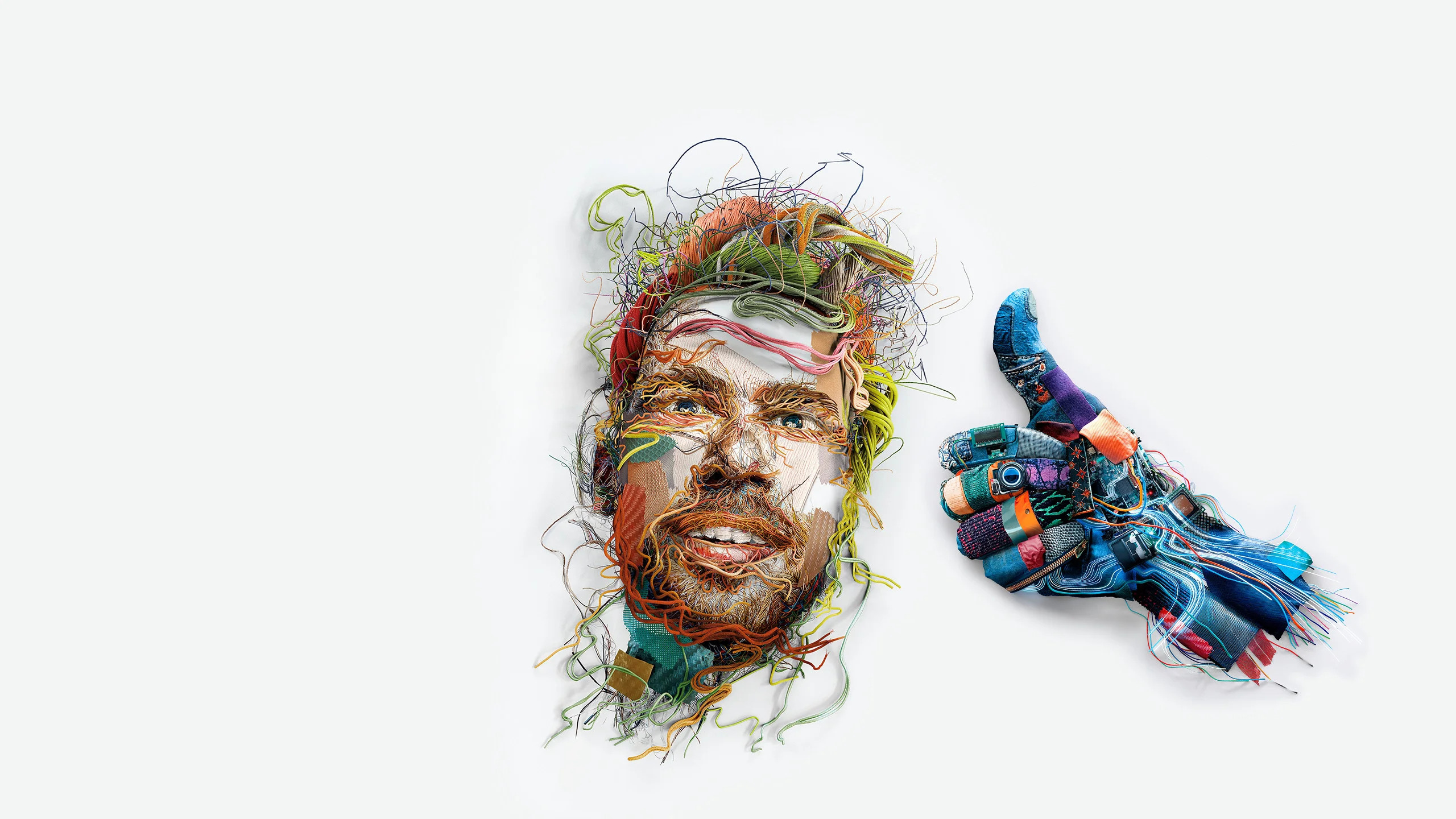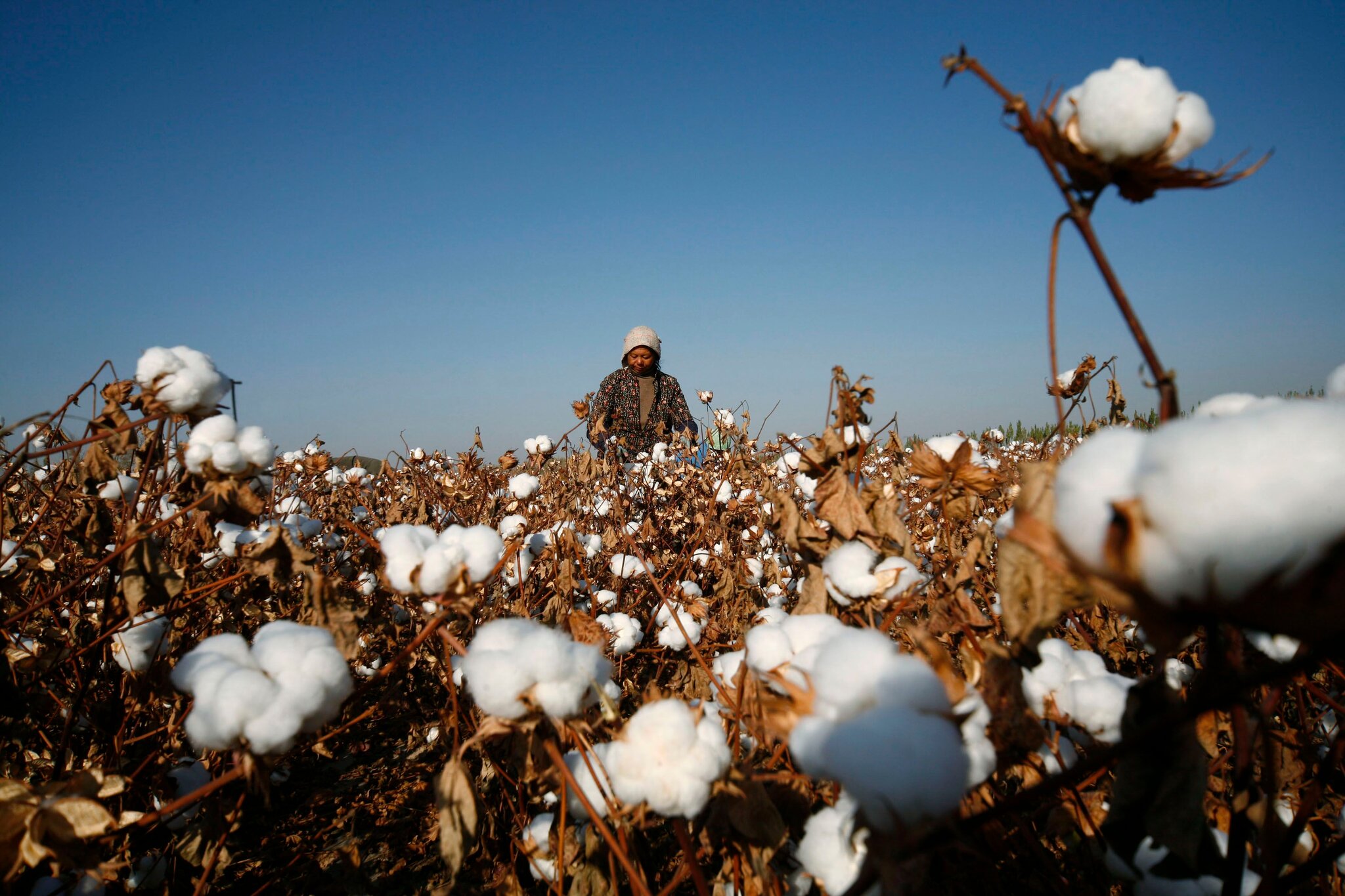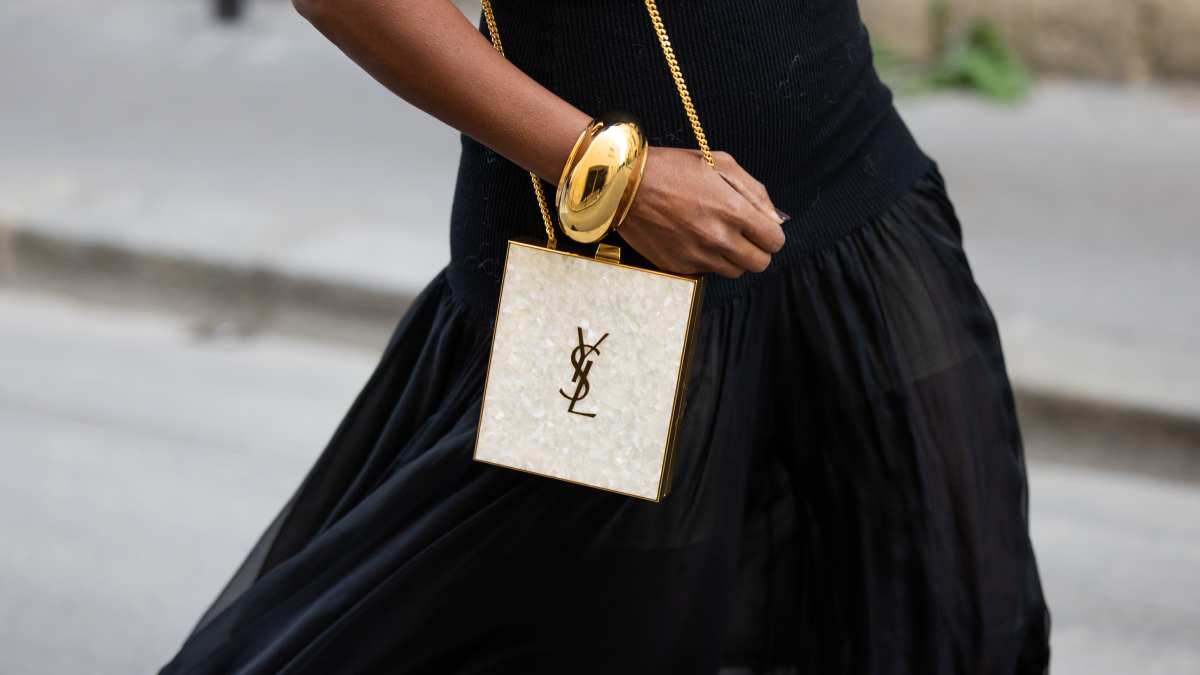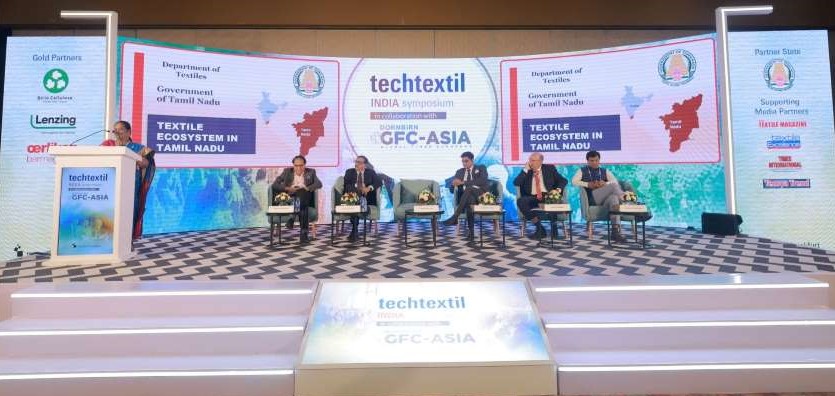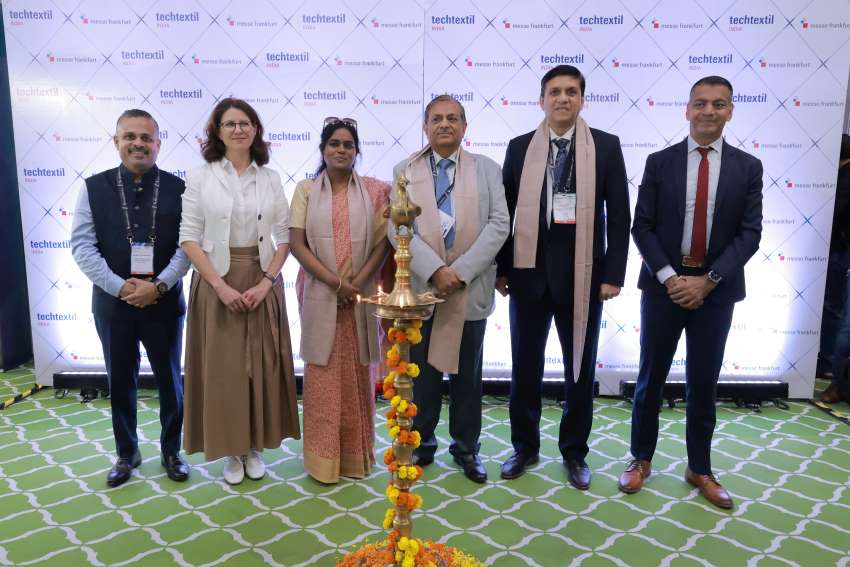FW
Karl Lagerfield has launched its Fall/Winter 2025 campaign, ‘From Paris with Love,’ starring global icon Paris Hilton.
Blending Hilton’s one-of-a-kind charisma with the brand’s unmistakable aesthetic, the campaign playfully unites two cultural forces who have shaped pop culture on their own terms.
Embracing both an elegant and witty visual dialogue between Hilton and the Maison’s Parisian roots, the campaign explores themes of glamour, individuality, and attitude - channeling the irreverent spirit and sharp sophistication that defined Karl Lagerfeld himself.
The result is a celebration of authenticity and self-expression, presenting Paris in a fresh, unexpected light and reframing her renowned image through the lens of the brand’s distinctive point of view.
The FW25 360 campaign will roll out globally across out-of-home, print, social, digital platforms and key pop-ups globally, culminating in a Paris Fashion Week event on October 1, 2025.
Prominent fashion photographer Chris Colls returns for his third consecutive campaign with the brand, capturing Karl Lagerfield’s signature style and house codes in a series of striking black-and-white visuals.
The campaign’s digital dimension comes to life, with a fresh reinterpretation of Karl Interviews Karl infused with humor and surprise that nods to Karl Lagerfeld’s beloved wit, along with a series of surprising and irreverent social moments.
Internationally known Spanish model and actor Jon Kortajarena stars alongside Paris Hilton as the face of Karl Lagerfield Menswear, embodying the collection’s confident edge and serving as the perfect counterpart to his longtime friend.
Fast-fashion brand, Forever 21 is attempting to make a fourth comeback in China after three previous failed attempts. Owned by Authentic Brands Group, the brand is also hunting for a new partner to help it re-launch in the North American market.
The company plans to focus on China and the US on immediate basis. This latest effort follows a period of significant struggle for the brand. In March, Forever 21 filed for bankruptcy in the US for the second time in six years, a consequence of increasing online competition and dwindling foot traffic at malls. The brand subsequently decided to close its domestic operations. Its previous attempt to re-enter China in 2022, which included opening some physical stores, quietly fizzled out by late 2024.
Now, the brand is back with a fresh strategy. It has launched marketing campaigns at music festivals and advertisements on Shanghai's subway system. For this initiative, Authentic Brands is partnering with brand operator Chengdi, a company partially owned by the e-commerce platform Vipshop Holdings, Chengdi will focus on localizing operations, targeting a new generation of young Chinese consumers, and also open physical stores in 2026.
Last year, Jamie Salter, CEO, Authentic Brands Group, reportedly called the 2020 acquisition of Forever 21 probably the biggest mistake he made. When asked about those comments, a spokesperson for Authentic Brands maintained, Salter has always believed that having Forever 21 as part of Authentic Brands Group is a good idea and he still believes that.
In one of the year's biggest corporate transactions in the fashion industry, Skechers and 3G Capital have received all necessary regulatory approvals to complete their acquisition. The deal is set to finalize on September 12.
One of the world’s largest footwear company, Skechers announced its sale to the investment group 3G Capital back in May. The transaction is valued at approximately $9.4 billion, or $63 per share, and will result in the company being delisted from the stock market. Following the change in ownership, Skechers will continue to be led by its current executives, Robert Greenberg as CEO and Michael Greenberg as President.
In H1, FY25, Skechers reported a 10 per cent growth in sales to $4.851 billion, compared to the same period in 2024. The company’s gross profit also increased by 8 per cent to $2.555 billion, though the company’s profitability declined slightly. Its gross margin for the period contracted by 52.7 per cent as against 53.7 per cent in the previous year.
Regionally, the Americas remain Skechers’ largest market, with sales rising by 4.6 per cent to $2.217 billion. However, the company’s sales in Europe, the Middle East, and Africa increased by 29.4 per cent to $1.449 billion. In Asia, Skechers had its slowest growth, with sales increasing by 1.4 per cent to $1.184 billion.
Italian luxury brand, Brunello Cucinelli reported a 8.8 per cent growth its operating profit (EBIT) to $133 million in H1, FY25. This performance is largely in line with analysts’ expectations.
The company's revenue also increased by 10.7 per cent at constant exchange rates during the January-June period, according to preliminary figures released in July.
Even with a general slowdown in the luxury sector, Brunello Cucinelli has shown remarkable resilience. The company remains optimistic about its future, confirming its positive outlook and forecasting a robust annual sales growth of approximately 10 per cent for both 2025 and 2026. This confidence is supported by a consistent sales trend in July and August, which mirrored the solid growth seen in the first half of the year.
Authentic Brands Group (ABG) plans to acquire a 51 per cent stake in Guess's intellectual property, with the founding Marciano family members and Carlos Alberni, CEO, retaining a 49 per cent stake. This new structure is similar to the one used in the 2024 acquisition of Rag & Bone, where intellectual property was separated from a company's operating assets. As part of the deal, Guess will be taken private, with minority shareholders receiving $16.75 per share in cash. The transaction is expected to close in the fourth quarter of fiscal 2026.
Despite this strategic move, Guess’s recent financial results were mixed. The company reported a 6 per cent increase in Q2, FY26 sales to $772.9 million, but its operating income declined sharply to $18.1 million from $47.8 million the previous year. This resulted in a lower operating margin of 2.3 per cent compared to 6.5 per cent last year. Alberini notes, revenues exceeded expectations due to strong momentum in Europe and US retail.
In H1, FY26, Guess’ sales increased by 7 per cent to $1.42 billion. However, the company reported a net loss of $26.7 million, a stark contrast to a profit of $2.4 million in the same period last year. It’s operating income in H1, FY25 declined to $15.2 million as against $27.9 million reported in the corresponding period last year.
Europe remained a strong performer, with sales rising 11 per cent to $742.9 million. The company’s retail sales in North America grew by 3 per cent to $336.0 million, and wholesale sales increased by 21 per cent to $176.6 million. However, sales in Asia declined by 10 per cent to $113.9 million.
Europe was the main driver of the company’s operating profit in the first half of the year, followed by US wholesale. The US retail division posted a loss, which was attributed to rising rents and operational costs. Globally, Guess currently operates 1,589 stores.
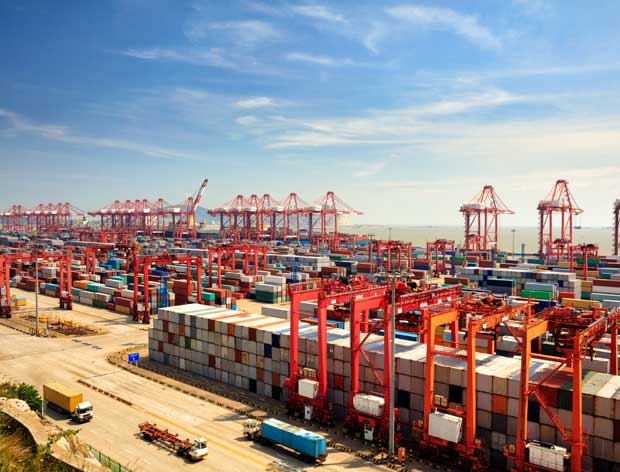
Year 2025 has seen the global textile and apparel industry facing unprecedented volatility, largely because of the unpredictable US tariff policies. While the World Trade Organization (WTO) has revised its 2025 global trade forecast upwards, this seemingly positive news masks a complex reality: a rise in US imports due to its frontloading ahead of new tariffs, and a supply chain in flux as brands and manufacturers grapple with uncertainty.
The textile and apparel sector, a major contributor to international trade is at the epicenter of this disruption. Data from the first half of the year reveals a short-term scramble for goods, but long-term shifts are proving difficult to implement, creating a ‘wait and see’ environment that is having a significant impact on exporting nations and their workers.
Is it a temporary respite for global trade?
The WTO's revised forecast, predicting a 0.9 per cent increase in global merchandise trade for 2025 (up from a previous forecast of a 0.2 per cent decline), is a direct result of US import behavior. This increase, however, is not a sign of a strong, stable market. Instead, it is an artifact of companies rushing to import goods before new and heavier tariffs take effect. The WTO warns these tariffs could negatively impact trade in the latter half of 2025 and into 2026. This is particularly concerning for the textile and apparel sector, which is highly reliant on global supply chains.
The broader economic picture remains fragile. According to KPMG, global GDP is expected to slow from 3.2 per cent in 2024 to 2.7 per cent in 2025, and then to 2.8 per cent in 2026. This fragile demand, coupled with the unpredictability of trade policy, is forcing companies to put major investment decisions on hold.
US imports, the race against time
US import data for the textile and apparel industry confirms this trend of frontloading.
First Half 2025: As per the US Office of Textiles and Apparel (OTEXA), total US textile and apparel imports rose by 5.88 per cent in the first half of 2025 compared to the same period in the previous year. This was a direct result of inventory restocking and purchasing to get ahead of the anticipated tariff hikes.
Shifting sourcing patterns: The data shows a clear shift in global sourcing patterns. While China remains a major supplier, its market share is rapidly eroding. The new tariff regime has catapulted China's average tariff rate to 69.1 per cent, far exceeding other major suppliers. This widening tariff gap is a powerful motivator for brands to diversify their sourcing.
Countries like Vietnam, Bangladesh, Cambodia, and India have seen a rise in exports to the US as brands look to mitigate the impact of tariffs on Chinese goods. For example, Bangladesh reported a 25.13 per cent increase in apparel export volume to the US in the first half of 2025. Conversely, countries like Pakistan and Canada have seen a decline in their textile and apparel exports to the US.
The following data table illustrates the shifting landscape of US textile and apparel imports.
Table: US apparel import volume (H1 2025)
|
Country of origin |
H1 2025 import volume (in SME) |
Year-on-year change (%) |
|
China |
10,110.969 million SME |
-24% |
|
Vietnam |
3,121.245 million SME |
+16.4% |
|
Bangladesh |
2,875.568 million SME |
+25.13% |
|
India |
1,211.102 million SME |
+18.9% |
|
Indonesia |
987.334 million SME |
+14.2% |
|
Cambodia |
845.541 million SME |
+11.8% |
Data source: (OTEXA) and other industry sources. SME or Square Meter Equivalent
Impact on supply chain
The tariff-led instability has created a ripple effect throughout the global textile and apparel supply chain. Faced with higher costs from tariffs and supply chain disruptions, brands and retailers are absorbing a major portion of these costs rather than passing them on entirely to price-sensitive consumers. This is impacting profit margins. Meanwhile, to reduce the financial burden, US importers are negotiating with their suppliers to share the tariff costs. This has led to a decline in the unit price of apparel imports from major exporting nations. For instance, the unit price of apparel imports from mainland China fell by 4.1 per cent between February and May 2025 as a result of these negotiations.
While the immediate instinct is to find new suppliers, the transition is not simple. "Upending a company's supplier base can be a multi-year, if not a multi-decadal, undertaking," says Jackson Wood of Descartes. This has led to a China+1 or China+N strategy, where companies maintain their relationships with Chinese suppliers but gradually shift a portion of their production to other countries. The goal is to build redundancy and resilience rather than execute a complete exit.
Interestingly despite the tariff pressure, China is not a passive participant. The country's textile industry is leveraging its core strengths to remain competitive. China's well-developed and integrated textile ecosystem, from fiber production to final packaging, offers an unmatched advantage in terms of efficiency, speed, and cost savings. A large order that might take 50 days to complete elsewhere can be finished in 25 days in China.
Moreover, Chinese textile manufacturers are increasingly adopting advanced technologies like AI-driven systems, automation, and blockchain for end-to-end traceability. This improves production speed, quality control, and helps meet sustainability and compliance standards that are becoming increasingly important to global buyers. Also, Chinese exporters are actively diversifying their own markets, shifting their focus to non-US markets, including Southeast Asia and the European Union, to offset the decline in US-bound shipments.
Thus the textile and apparel industry in 2025 is a study in contradiction. While global trade numbers appear to be on the rise, this is a fragile and short-term phenomenon driven by a tactical response to unpredictable US trade policies. The underlying trend is one of substantial disruption, with established supply chains being tested and new ones slowly emerging. The full impact of these tariffs on global trade, and the long-term tactical decisions of companies, is yet to be seen. However, as the data from the first half of the year suggests, the current environment is putting immense pressure on manufacturers and their workforces, forcing a recalibration of global production and a painful reassessment of traditional trade relationships.
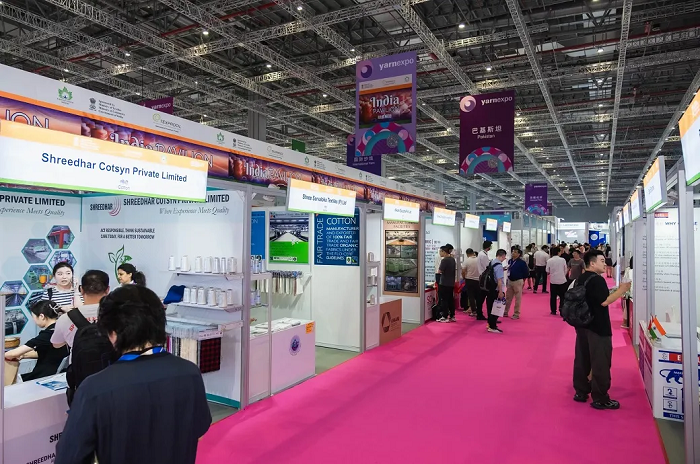
Asia’s premier platform for the yarn and fiber industry, Yarn Expo Autumn will commence on September 2, 2025, at the National Exhibition and Convention Center in Shanghai. With nearly 580 exhibitors from 16 countries and regions, this year’s event is being hailed as the ‘most comprehensive edition yet,’ featuring seven dedicated zones and a robust fringe program.
The three-day fair will serve as a vital hub for global industry exchange, innovation, and sustainability. Spanning 27,000 sq m in Hall 8.2, the event will provide buyers with a wide array of sourcing options. The show will introduce a new Taiwan Zone and see the return of the popular India Pavilion and Pakistan Zone.
Yarn Expo Autumn 2025 is the most comprehensive edition yet, says Wilmet Shea, General Manager, Messe Frankfurt (HK). Time and again, this fair proves to be one of the most vital sourcing hubs for thousands of diverse buyers, while the platform is essential for suppliers looking to get international business and penetrate the Asian and Chinese markets. Shanghai is an industry hub in its own right, but during this show it really serves as the global industry’s gathering point.
Featured product zones
The expo's six product zones will highlight key segments of the domestic industry:
• Chemical Fiber Zone: Over 240 exhibitors will display the latest trends in high-quality Chinese synthetic fibers. Key producers include Fujian Eversun Jinjiang Co Ltd, Huafon Chemical Co, and Shandong Nanshan Fashion Sci-Tech Co.
• Fancy Yarn Zone: More than 120 exhibitors will showcase their latest, on-trend fancy yarns for the autumn season. Participants include Fortune Tech Co Ltd and Jiangyin Tianhe Printing and Dyeing Co.
• Linen Yarn, Silk Yarn, and Wool Yarn Zones: Nearly 30 suppliers will present the latest innovations in natural fibers. Featured exhibitors include Dashiqiao Silk Spinning Factory and Hubei Jinghua Textile Group Co.
• Cotton Yarn Zone: With a focus on sustainability, technology, and fashion, this zone will host over 70 quality cotton spinning exhibitors. Highlights include Suzhou City Yishuang New Material Co Ltd and Wuhu Fuchun Dye and Weave Co Ltd.
International presence and key pavilions
Yarn Expo will serve as a key sourcing hub for high-quality products from around the world. The International Yarn Zone will feature suppliers from 16 countries and regions, including standalone exhibitors like Haksa Iplik Sanayi AS (Türkiye), Rutex GmbH (Germany), and The Movement Amsterdam B.V. (Netherlands).
The fair will also feature several country-specific zones:
• India Pavilion: Organized by The Cotton Textiles Export Promotion Council (TEXPROCIL), this pavilion will showcase a wide range of cotton yarn from nearly 20 notable suppliers.
• Pakistan Zone: Well-known exhibitors like Abtex International (Pvt) Ltd and Xiamen Naseem Trade Co will showcase various blended yarns and cotton single and double yarn, including organic cotton.
• Taiwan Zone: Organized by the Taiwan Spinners' Association, this debuting zone will feature suppliers showcasing a diverse array of open-end yarns, including cotton, CVC, and TC.
Informative fringe events
In addition to the extensive exhibition, a series of seminars and display areas will provide insights into new industry developments:
• Tongkun • China Fiber Fashion Trends Display Zone: This area will feature over 300 samples of new fiber products, highlighting the latest fashion trends.
• New Fiber New World – Textile Materials Innovation Forum: University professors and industry experts will discuss the development of intelligent textiles and new fiber trends.
• Product launches: The event will hold 11 new products launches, with leading exhibitors explaining the benefits of their latest yarns and fibers.
Yarn Expo Autumn will be held concurrently with three other major fairs - Intertextile Shanghai Apparel Fabrics, CHIC, and PH Value—to create a synergistic event covering the entire textile and fashion supply chain. The show also coincides with Cinte Techtextil China, a dedicated event for technical textiles.
A well-known men’s fashion brand, RomperJack has officially launched its new premium men’s underwear line called Romps. The collection introduces two main styles, Boxer Brief Romps and Trunk Romps, both designed with a focus on comfort, breathability, and durability using a cool cotton fabric.
This new underwear line is a natural expansion for RomperJack, a brand that has built its reputation on challenging traditional men's fashion with stylish rompers and jumpsuits. The launch of Romp aims to offer men a product that is both practical and stylish, designed for the demands of daily wear.
The Romps collection is built with a strong attention to detail and high-quality materials. Customers can choose from two ranges: Trunk Romps, a modern, shorter cut in Indigo, Sky, and Onyx and Boxer Brief Romps, a longer style with extra coverage in Indigo, Heather Gray, and Onyx. Both styles are sold in convenient three-packs. RomperJack is also backing the new line with an easy return and exchange policy to ensure customer confidence.
According to Emmanuel Sullivan, CEO, RomperJack, the brand aims to create bold fashion pieces that inspire confidence. He explains, they have applied the same philosophy to these everyday essentials. It’s a product built to make men feel comfortable, stylish, and empowered from the moment they get dressed in the morning, Sullivan adds.
The Romps collection is available exclusively on RomperJack's official website. The brand gained national recognition after being featured on the television show Shark Tank.
Stefan Larsson, CEO and Zac Coughlin, CFO, PVH Corp will attend in the Goldman Sachs 32nd Annual Global Retailing Conference.
One of the world’s largest fashion companies, PVH Corp owns brands like Calvin Klein and Tommy Hilfiger. The company operates in over 40 countries across the globel
Hosted by Goldman Sachs, the 32nd Annual Global Retailing Conference is a platform where executives from major companies in the retail sector present and discuss their business strategies, financial performance, and future outlook with investors and analysts.
The event will be broadcast live online, and a link to the webcast will be available on the Investors section of the company's website, pvh.com.
The National Council of Textile Organizations (NCTO) has voiced strong support for the end of the de minimis rule for low-value commercial shipments, a move they say will provide long-overdue relief to the US textile industry and its workers.
Kim Glas, President and CEO, NCTO praised the Trump administration’s action, which will close a trade measure that she says has been exploited for years by Chinese e-commerce giants and other foreign shippers. Previously, the loophole allowed companies to bypass tariffs and customs reporting on shipments valued at $800 or less.
According to Glas, this practice has devastated US manufacturers, undercut American jobs, and allowed the entry of unsafe, counterfeit, and forced-labor-produced goods. As of August 29, all commercial shipments must adhere to the same rules, including customs documentation and the payment of all applicable duties and fees.
Glas dismissed concerns that the change would disrupt package deliveries. She stated, consumers will still receive their online orders, but now they will arrive through a system that is fair, transparent, and enforceable. Glas asserted, US Customs and Border Protection (CBP) and the US Postal Service are fully equipped to handle the change, with the necessary systems already in place.
This action expands upon a previous suspension of de minimis treatment for low-value commercial shipments from China and Hong Kong that has been in effect since May 2. That initial change already covered the majority of de minimis packages. The new measure ensures that all small package shipments, regardless of their delivery method, are subject to proper inspection, information, and duty collection.
A Washington, DC-based trade association, NCTO represents the entire US textile supply chain. Glas concluded her statement by calling the action a historic win for U.S. industry, American workers, and the integrity of our trade system.
In 2024, the US textile supply chain employed 471,046 people, and the value of its shipments was $63.9 billion.

